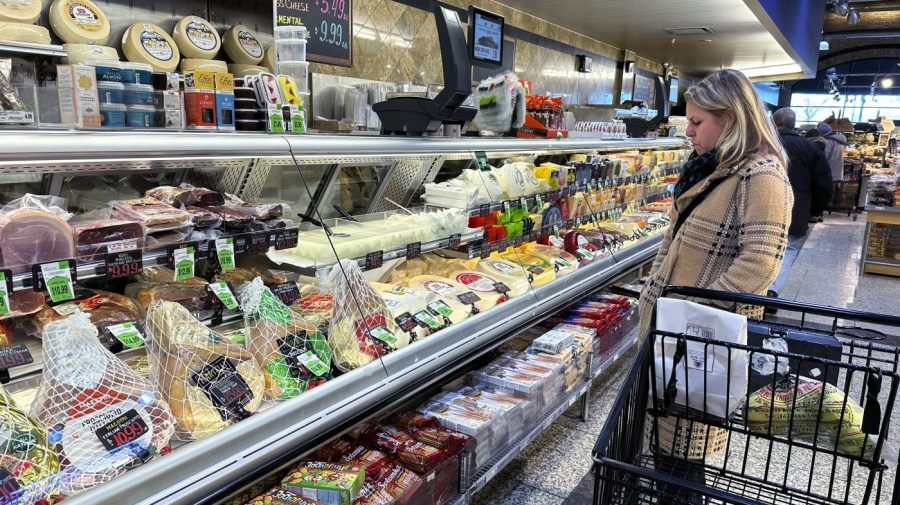
Inflation in the Federal Reserve’s preferred price gauge eased in January after making steady increases throughout the fall.
The personal consumption expenditures (PCE) price index increased by 0.3 percent in January, easing to a 2.5-percent annual increase from 2.6 percent in December. The moves were in line with economists’ expectations.
“This is about the only inflation indicator this month where the Fed can find some refuge,” Olu Sonola, economist with Fitch Ratings, wrote in an analysis.
Concerns about resurgent inflation have been mounting after prices in both the PCE and the broader consumer price index (CPI) increased between September and December.
The PCE rose from a 2.1-percent annual increase to a 2.6 percent increase over that time while the CPI increased steadily from 2.4 percent to 2.9 percent. The CPI made an additional upward move in January to land at 3 percent.
Investors reacted to Friday’s easing in PCE prices with some caution.
“Not too hot and not too cold, but far from goldilocks,” Damian McINtyre, analyst with asset manager Federated Hermes, wrote in a commentary. “While today’s report was not as bad as some may have feared following the CPI report earlier this month, it does little to calm stagflationary whispers that have been creeping into the market.”
Meanwhile, personal incomes beat expectations in the Friday data release from the Commerce Department, increasing by 0.9 percent on the month to $221.9 billion.
Personal spending also fell by 0.2 percent or $30.7 billion.
“The decline is not necessarily a surprise given the very strong pace of growth at the end of 2024. A pull back at some point was inevitable,” Fitch’s Sonola remarked.
Consumer sentiment has sagged recently, dropping by nearly 10 percent in January as measured by the University of Michigan. Consumer inflation expectations for the year ahead popped to 4.3 percent in January, the highest reading since November, 2023.
Economists and investors have been critical about U.S. financial policies in light of rising inflation.
Many worried that the Fed started cutting interest rates too soon while inflation was still showing some signs of life. The Fed has since paused its interest rate cuts after starting them off with a half-percent cut in September.
Businesses have also been worried about the stop-and-go tariff announcements from the White House, which are adding to investment uncertainties.
“With the rise of DOGE cuts, the threat of increasing tariffs, and ever persistent inflation, we wonder if the U.S. economy might be headed for a near-term slowdown,” Federated Hermes’s McIntyre wrote.












